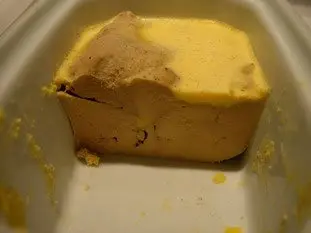Foie gras cured in salt
A recipe from cooking-ez.com December 23th 2017580 K3.8
For 1 foie gras, you will need:
- 1 1 raw foie gras (weight about 500 g)
- 2 2 g pepper
- 3 1 pinch grated nutmeg
- 4 1 pinch "Quatre-épices" spice blend
- 5 ½ teaspoon caster sugar
- 6 2 tablespoons Port
- 7 2 tablespoons Brandy (Cognac or Armagnac)
- 8 2 tablespoons Sherry
- 9 1 kg coarse salt
- 10 200 g goose fat
- Total weight: 1,795 grams
Times:
| Preparation | Resting | Start to finish |
|---|---|---|
| 2 days 14 hours 30 min. | 2 hours | 2 days 16 hours 30 min. |
Step by step recipe
| 1 | Start as in the recipe for terrine of foie gras, remove veins, season and leave to marinate. But do not salt, just pepper, spices, alcohols, and marinate overnight. The following day, place the liver on a very clean cloth which does not smell of detergent (you may prefer to use single-use pharmacy gauze or muslin). | 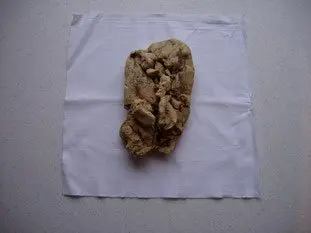 |
| 2 | Wrap the liver quite tightly in the cloth or gauze and tie it up with string. | 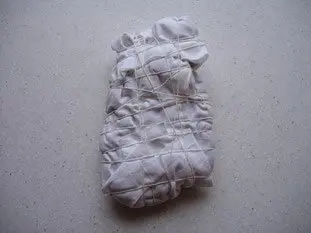 |
| 3 | Take a fairly large pot (terrine) and put approximately 1 cm of salt in the bottom. | 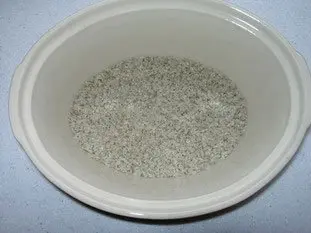 |
| 4 | Place the liver on this bed of salt. | 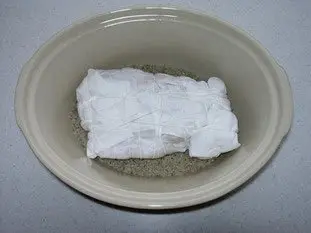 |
| 5 | Then cover it completely with salt, put the lid on the pot or cover with plastic film, and refrigerate for 48h. | 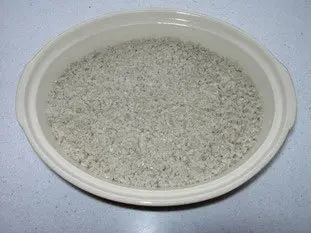 |
| 6 | At the end of this time, remove the liver from the salt. | 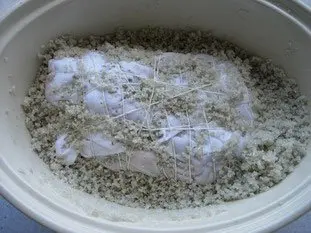 |
| 7 | Then take off the cloth or gauze. | 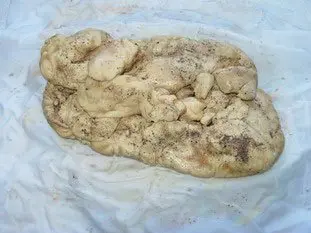 |
| 8 | Wrap it in plastic film to prevent it darkening, and leave at room temperature for an hour or two to soften. | 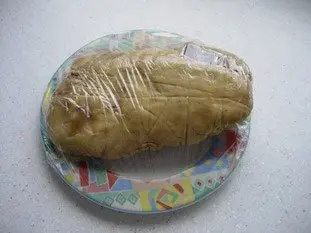 |
| 9 | Place in pot (terrine). | 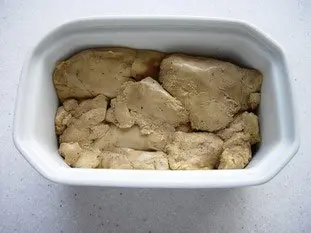 |
| 10 | Pour over the foie gras a thin layer of melted duck fat to help it keep longer. Cover and refrigerate for a further 2 or 3 days, to let its flavour develop. | 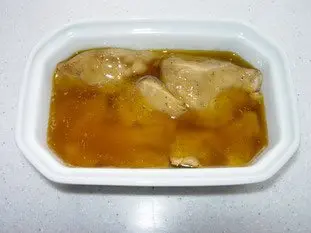 |
Remarks
It's a slightly disconcerting recipe, but at least there is no risk of seeing the liver melt during cooking due to a too hot oven...Note that this does not give quite the same texture as oven-cooked liver. Difficult to describe this difference, maybe "a bit firmer".
View this recipe : https://cooking-ez.com/entrees/recipe-foie-gras-cured-salt.php
January 7th 2026.

